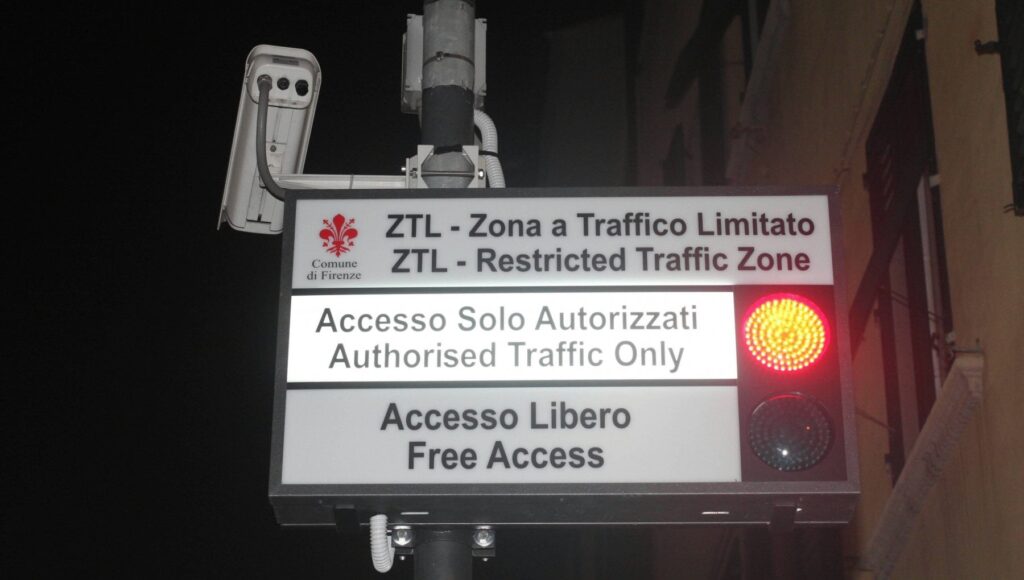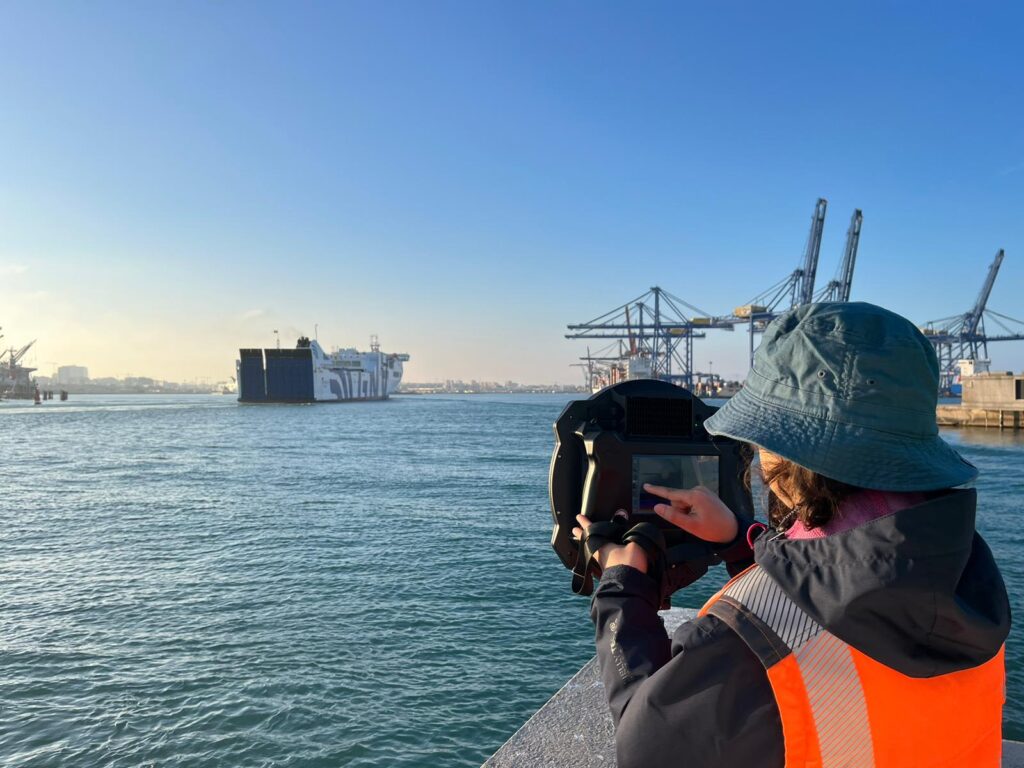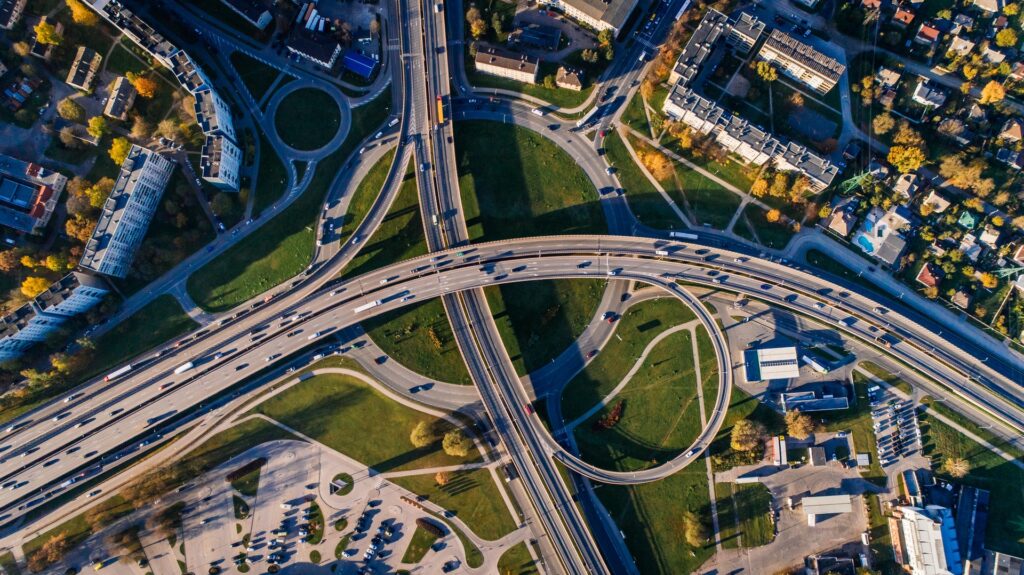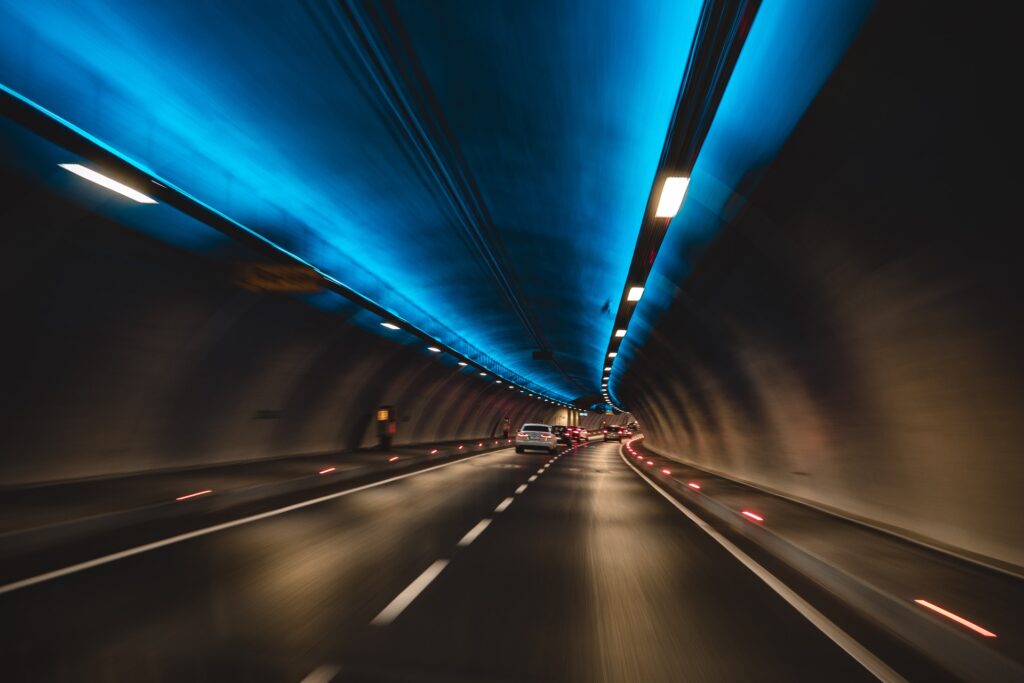Solution
Monitoring Exhaust Emissions by Remote Sensing
Current remote sensing systems for air pollution monitoring use mainly infrared or ultraviolet light to detect pollutants. NEMO uses a novel laser technology, ensuring better accuracy, sensitivity, stability, and cost effectiveness of measurements for long-term relevance of the technology as cars get cleaner. An infrastructural integration enables large scale dissemination of the technology into different urban environments.

The full remote sensing system consists of a set of modules that provide a comprehensive emission profile for each passing vehicle. The main module is dedicated to identifying the presence of certain tailpipe pollutants and their concentrations. Complementary modules are included to record the vehicles’ speed and acceleration, to capture and identify the vehicle’s plate number, and a weather station is linked to the measurements to correlate with specific environmental conditions. An embedded computer analyzes the data in terms of pollutant concentrations and shares it with a database.
Each pollutant absorbs light at different wavelengths, so measuring pollutants with laser technology involves analysing and comparing the loss of light before and right after a vehicle crosses a laser beam. Measuring pollutants with remote sensing technology is not new, but current technologies struggle to measure the cleaner vehicles of the future with sufficient accuracy, due to limited interaction between the laser and the gases or matter of interest and due to the inherent noise of the system.
The technology developed in NEMO improves measuring methods in several ways. Lasers allow for a more precise targeting of specific gases by narrowing down the spectra of emitted light. NEMO also works to minimize system noise, creating a measuring system capable of detecting pollutants with accuracy suited for future requirements. Moreover, the laser technology is less affected by external disturbances such as temperature, potentially allowing for calibration-free operation, enabling autonomous and continuous monitoring, which makes the system more cost-effective than existing ones.
The laser technologies developed and deployed are based on previous research by Opus Remote Sensing Europe, a European leader in real-time emissions monitoring and road traffic characterization. Laboratory tests of the technology has been performed, followed by the official validation at the test site of the Joint Research Centre in Italy, then taken to a real-life urban pilot demonstration in Florence and Madrid for road vehicles, and Valencia for trains – and The Netherlands for trains.
Demos
This solution in action
NEMO has also tested the solutions in real-life environments across Europe – see how in our demo projects.






